Image Archive


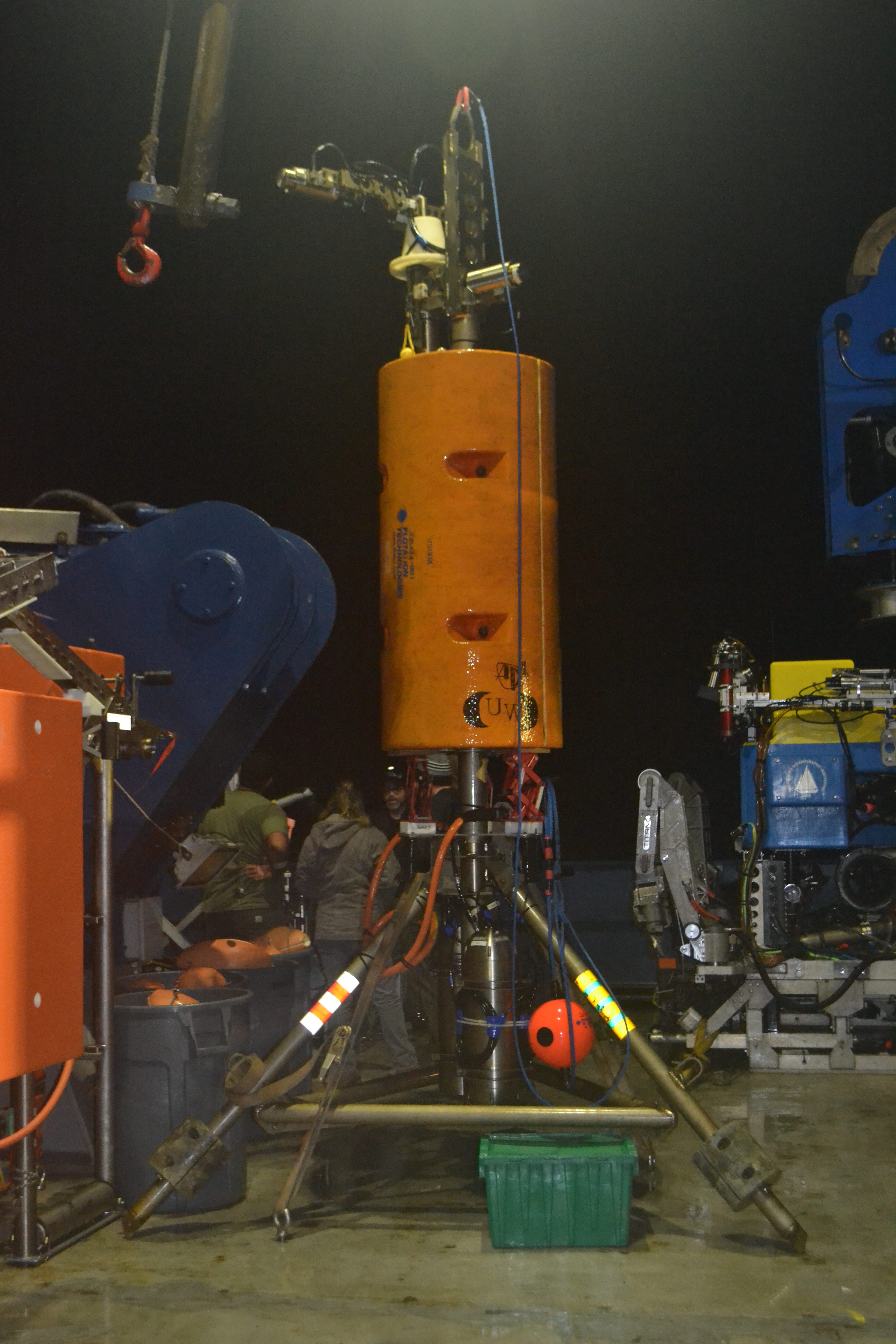



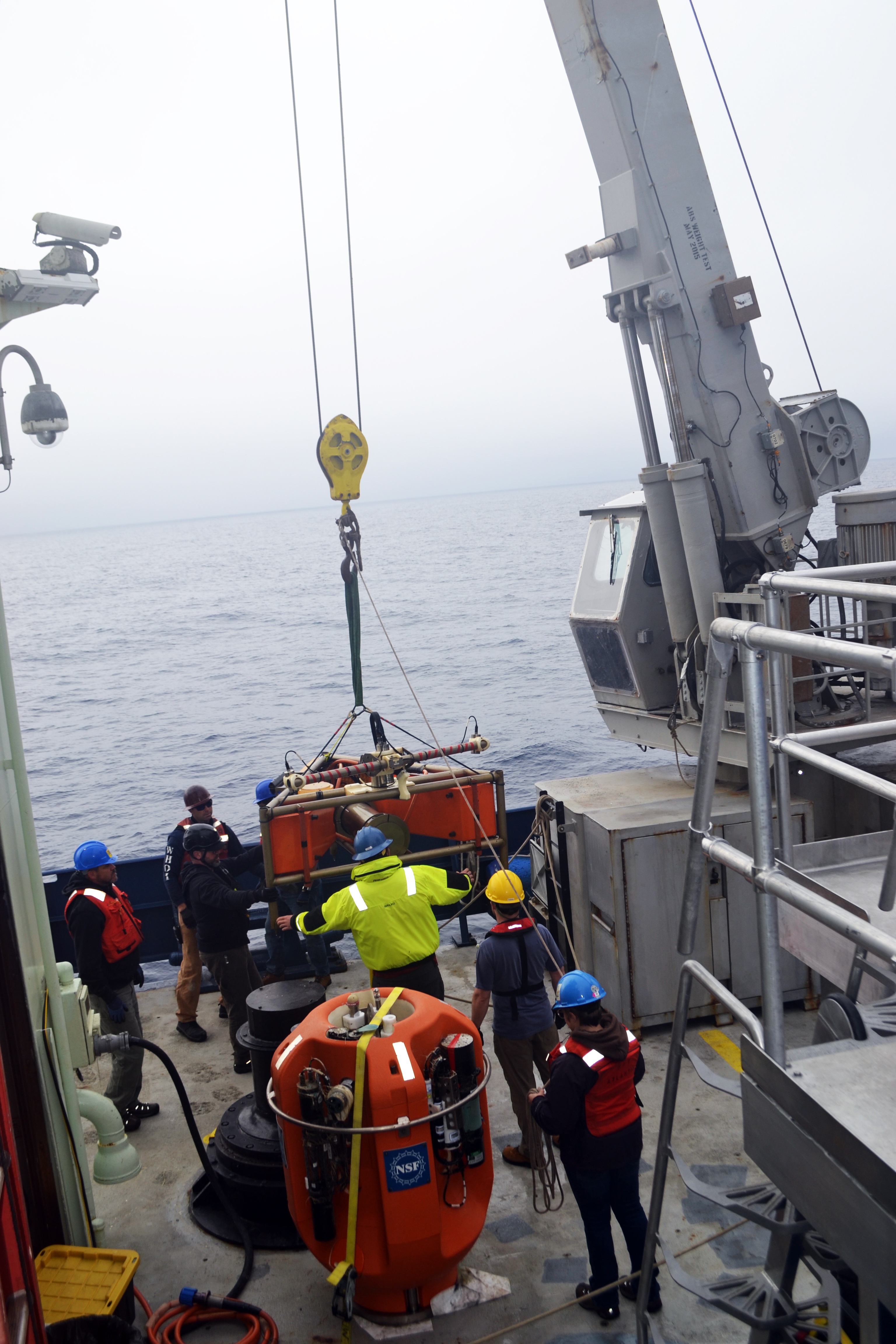



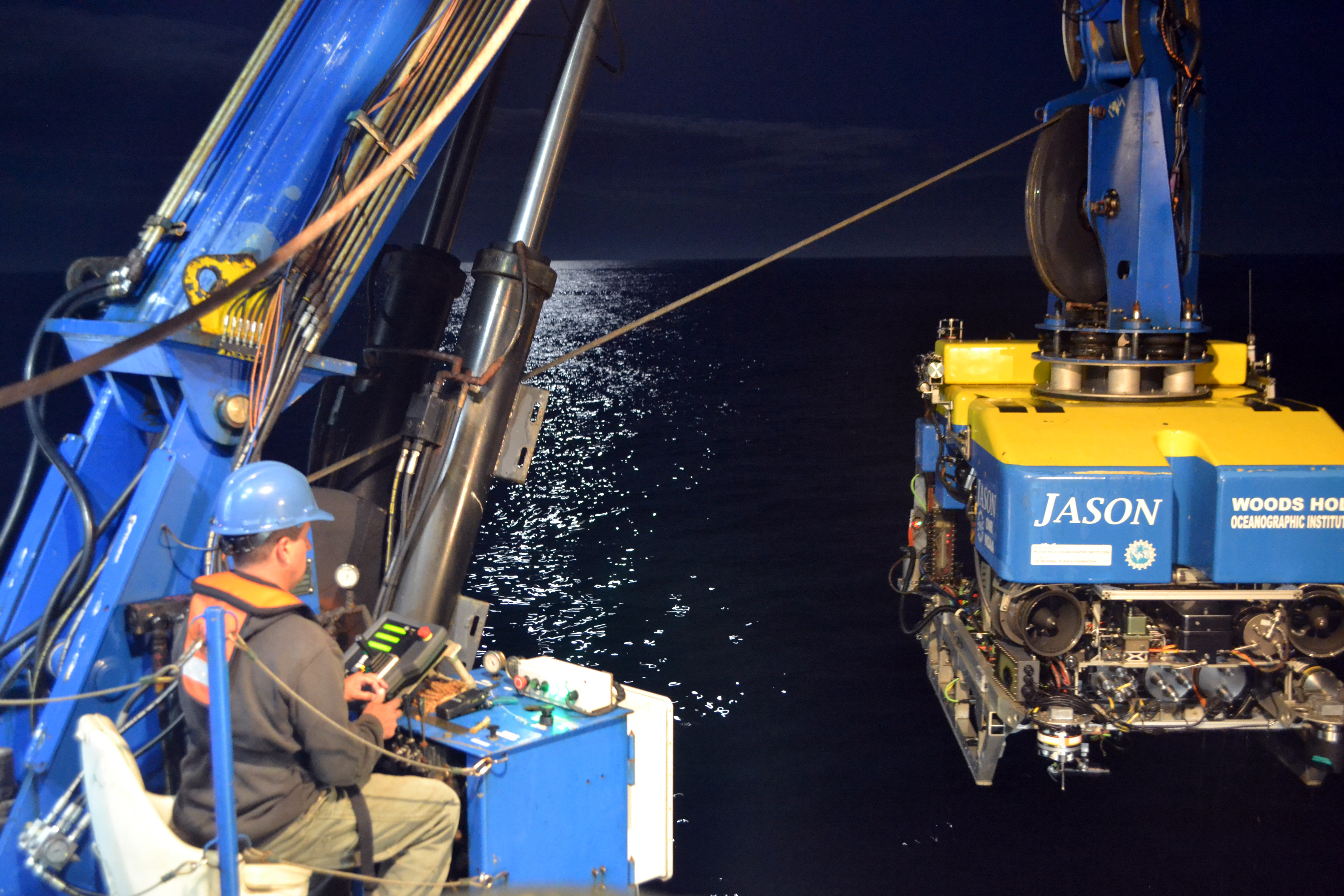






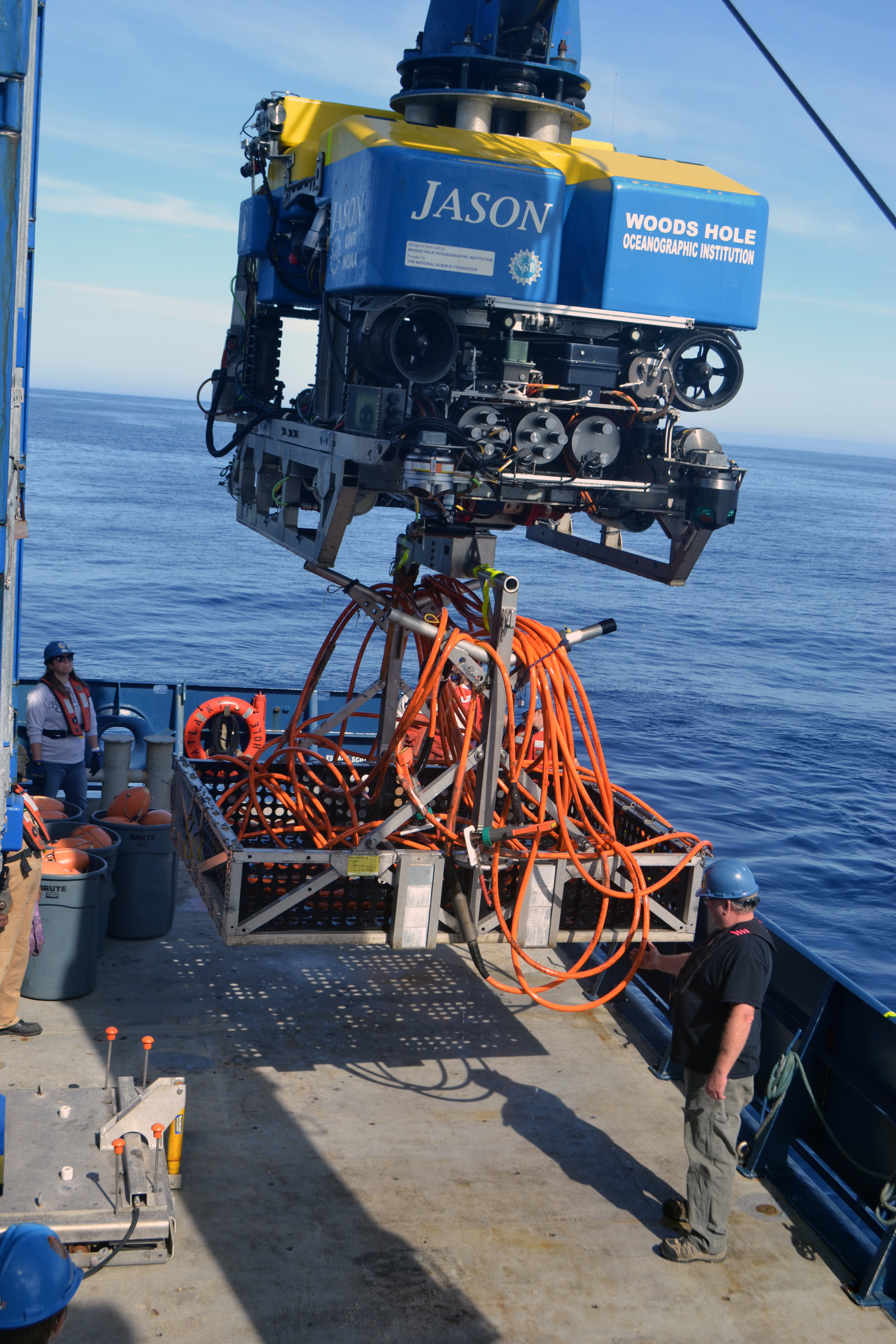





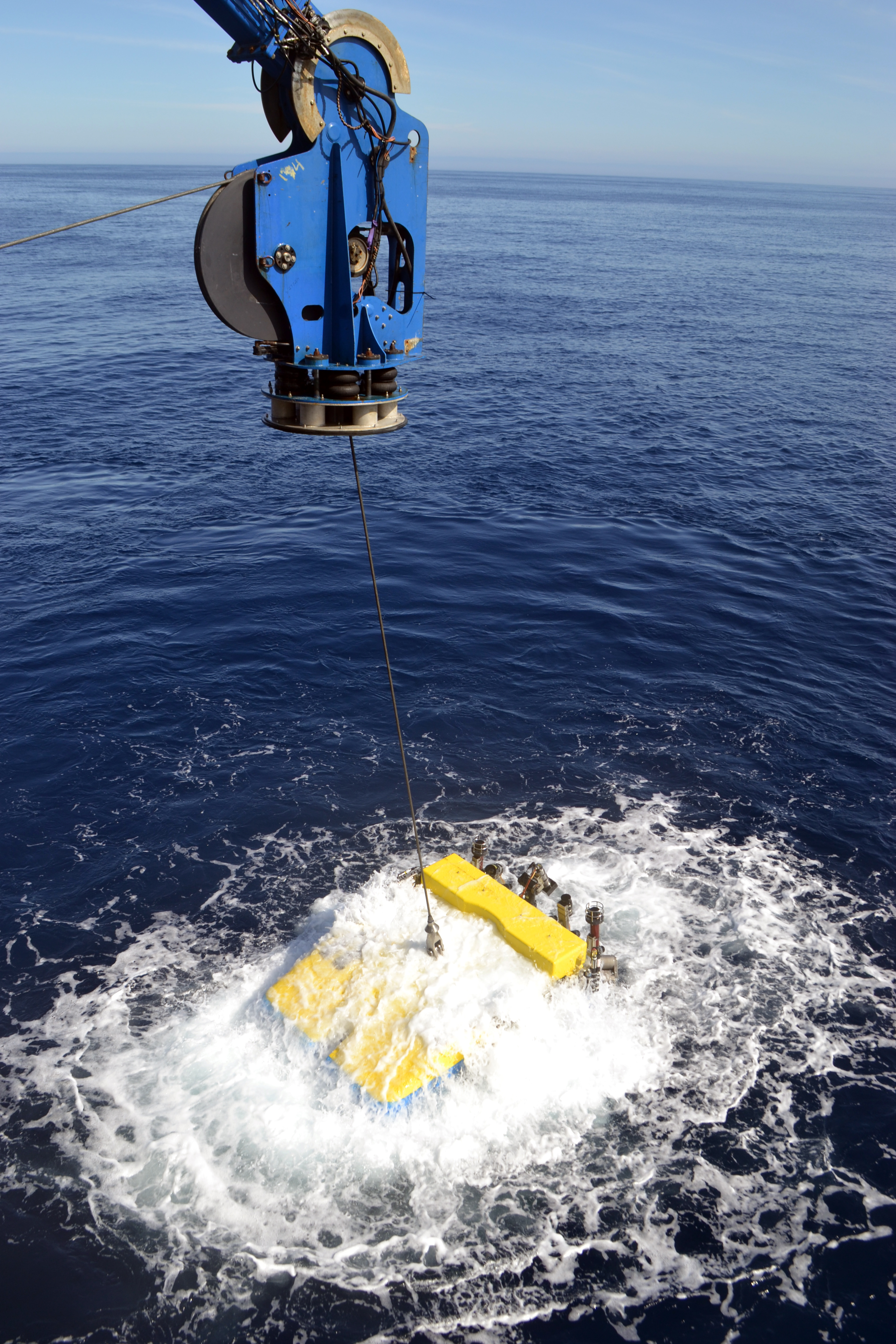


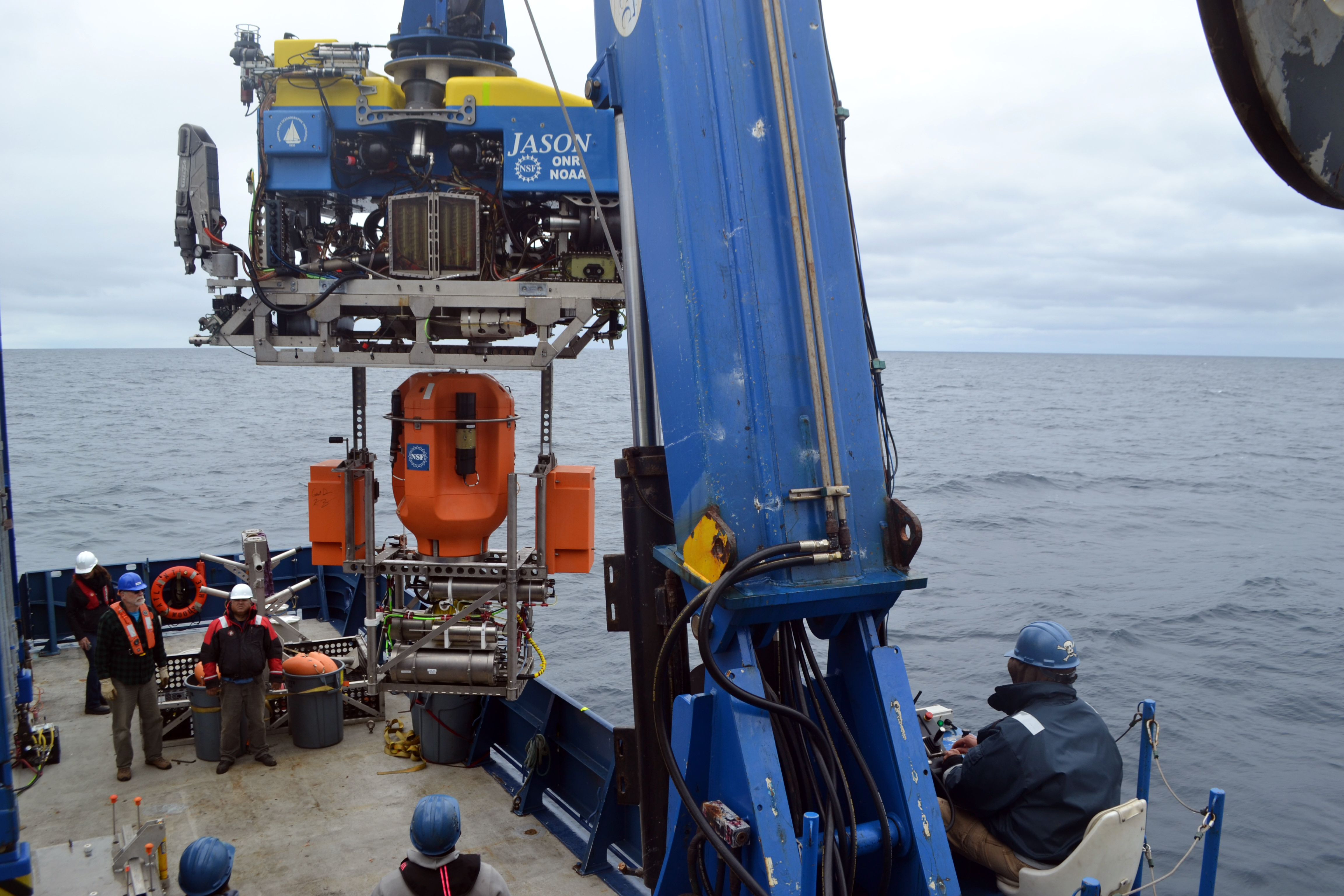


Jason in the waters above Axial Seamount. Credit: M. Elend, University of Washington; V19.

Jason beginning its launch for a deep dive at the base of Axial Seamount. Credit: M. Elend, University of Washington; V19

J1156_COVIS_recovery

J1156_20190616_235215_recovery

J1156_20190616_235152_recovery

The 14.3 ft tall multibeam sonar system 'COVIS' comes onboard the R/V Atlantis subsequent to being installed at the ASHES hydrothermal field. Credit: M. Elend, University of Washington. V19.

J1155_20190616_183805_recovery

J1155_20190616_182510_recovery

J1155_20190616_182236_recovery

J1155_20190616_182225_recovery

J1152_20190615_224208_recovery

J1152_20190615_195216_launch

J1151_20190615_194451_recovery

Jason (dive J2-1151) begins its dive to take install an instrumented Platform Interface Assembly on the Axial Base Shallow Profiler. Credit: M. Elend, University of Washington, V19.

J1151_20190615_181624_launch

An instrumented platform to be installed on the Shallow Profiler at Axial Base is lowered under Jason on Dive J2-1151. Credit: M. Elend, University of Washington; V19.

J1151_20190615_181452_launch

During Jason dive J2-1150, a 120 m extension cable was recovered following its replacement. It provides power and communications to the Shallow Profiler Mooring. Credit: M. Elend, University of Washington.

J1150_20190615_170715_recovery

J1150_20190615_170711_recovery

J1150_20190615_170701_recovery

J1150_20190615_170632_recovery

J1150_20190615_170527_recovery

J1150_20190615_170514_recovery

J1149_20190614_110139_launch

J1149_20190614_110133_launch

J1149_20190614_110041_launch

J1149_20190614_110000_launch
- Anemone
- Animal
- Arthropod
- ASHES
- Axial
- Axial Base
- Axial Biology
- Axial Caldera
- Bacteria
- Basalt Lava
- BEP
- Biofouling
- biolgoy
- Biology
- Camds
- Camera
- Camhd
- Central Caldera
- Ciliates
- Cnidaria
- Coastal Biology
- Crab
- Deep Profiler Mooring
- Dive Highlights
- Eastern Caldera
- Echinoderms
- Endurance Array
- Engineering Team
- ENLIGHTEN 10
- Exploratorium
- Fish
- Geology
- HD Camera
- HPIES
- Hydrate Ridge
- Hydrates
- Hydrophone
- Hydrothermal Vents
- Illustration
- Inshore 80 Meters
- Instrument
- International District
- J-BOX
- Jason
- Jellyfish
- Junction Box
- K12
- Lava
- Mollusk
- Moorings
- Nodes
- Nudibranch
- Octopus
- OOI
- Oregon Offshore
- Oregon Offshore 600 m
- Oregon Shelf
- Oregon Slope Base
- People
- PN1B
- PN1D
- Polychaetes
- PPSDN
- Primary Node
- RASFL
- ROCLS
- ROPOS
- ROPOS Dives
- ROV Team
- RV Revelle
- RV Sikuliaq
- RV Thompson
- Salp
- Sample
- SC13
- Science Team
- Sea Cucumber
- Sea Star
- Sea Urchin
- Seafloor
- Seismometer
- Sensors
- Shallow Profiler Mooring
- Shark
- Shipboard
- Shore Station
- Slope Base
- Smoker
- Soft Coral
- Southern Hydrate Ridge
- Sponge
- Squid
- Students
- Students & Guest Participants
- Tmpsf
- Tubeworms
- VISIONS 11 Leg 1
- VISIONS 11 Leg 2
- VISIONS 11 Viewers
- VISIONS 13
- VISIONS 14
- VISIONS 15
- VISIONS 16
- VISIONS 17
- VISIONS 18
- VISIONS 20
- VISIONS 22
- VISIONS 23
- Visualization
